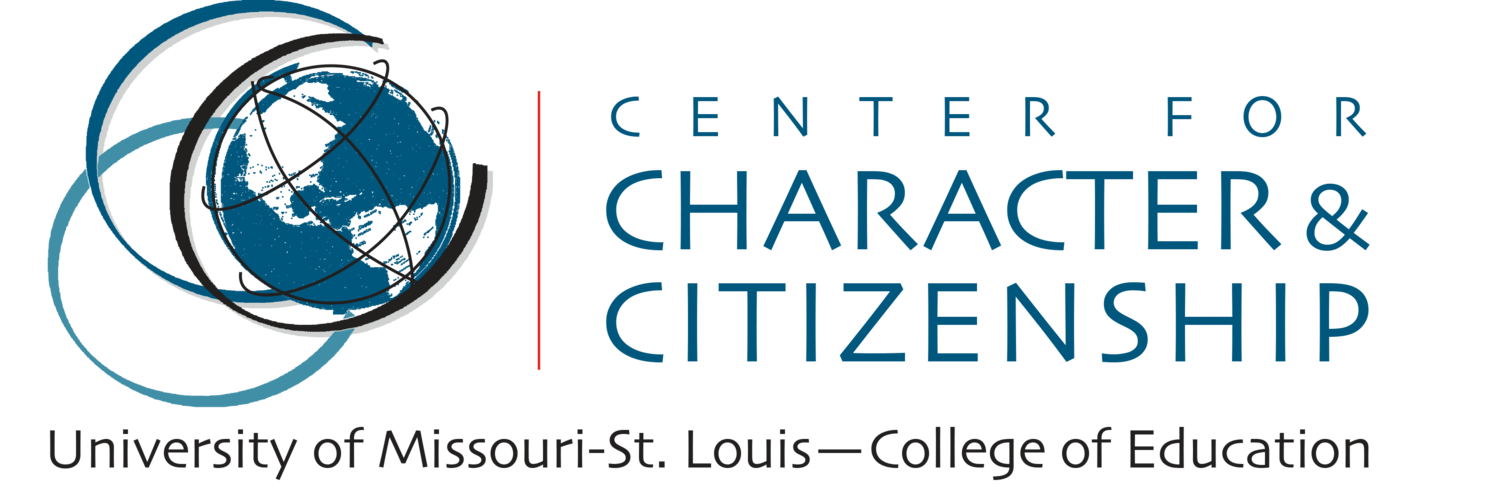Are you researching a better society for the next generation? Let us help with that.
WHAT WORKS IN CHARACTER EDUCATION
What Works In Character Education
Despite the rapidly growing interest in and implementation of character education, broadly defined, there is no extensive review of the research base for effective practice. With federal, state, and local governments investing heavily in educational practices intended to foster the development of character in pre-K-12 grade students, it is imperative that theorists, curriculum developers, educators, teachers, and researchers know if character education achieves its goals, and if so what it achieves and how. Toward this end, a review of existing research was conducted to answer these three questions. Thirty-three effective programs were identified and the 64 empirical studies plus 5 meta-analyses and literature reviews of those programs were examined to identify the most common effects of such educational interventions and the most common shared practices of those programs. Character education can work when implemented with fidelity and broadly, and has a very robust impact.
Effective character education tends to include: professional development; student interactive pedagogical strategies; an explicit focus on character/ethics; direct training of social and emotional competencies; modeling of character; aligned classroom/behavior management strategies; and community service and/or service learning. Finally, suggestions are offered for future research based on what is and is not currently known about effective practice in character education.
OVERVIEW OF CHARACTER EDUCATION
What Should Be the Role of Community in Character Education?
Two character education initiatives that reflect an understanding of the relevance and power of the community outside the school walls are described. Berkowitz, Vincent and McKay (2001) present ten general recommendations for incorporating community elements into a school-based character education initiative. The authors conclude that character educators should pay attention to the broad community to increase the effectiveness of their initiatives.
LEADERSHIP
Leading Schools of Character
Chapter excerpt from Leadership for Social Justice and Democracy in Our Schools (Blankenship & Houston): "The title of this volume, Leadership for Social Justice and Democracy in Our Schools, can have two connotations. The first is that we want school leaders who create schools that are just and democratic, i.e., schools where all stakeholders treat each other fairly and make ethical decisions, and that those decisions are made in a collaborative, democratic fashion. The second is that we want leaders who create schools that promote the development of justice and democratic knowledge, skills, and dispositions in their students. Fortunately, these two interpretations are inextricably intertwined..."
CHARACTER AND CITIZENSHIP
Moral Education and Character Education: Their Relationship and Roles in Citizenship Education
Any democratic society must concern itself with the socialization of its citizens This begins in childhood, and schools are critical to this process. The interrelations and roles of educating for character (character education, moral education) and educating for citizenship (citizenship education, civic education) are explored.
Educating for Civic Character
This excerpt examines the relationship of character education and citizenship education and will focus on what we call educating for civic character.
HIGHER EDUCATION
Educating for Character
Increasingly, educators at colleges and universities are recognizing the importance of educating for that elusive thing called character. But their efforts are often piecemeal--a service learning program here, a residential contract there. Here's what a comprehensive approach to character education might look like.
DISCUSSING MORAL ISSUES
The Role of Discussion in Moral Education
Developmental moral education, based upon Kohlberg's (1984) study of moral reasoning, has been manifested in a variety of settings and forms of application. One component which is prominent in most forms of developmental moral education is peer moral discussion.
PREVENTION
Improving Prevention Effectiveness
This document highlights Chapter Three, Character Education as Prevention, of Improving Prevention Effectiveness, edited by William B. Hansen. In this paper, an argument will be advanced for the wedding of two disciplines: prevention science and character education.
Designing Prevention Programs: The Developmental Perspective
From Handbook of the Prevention of Drug Abuse (Z. Sloboda, Ed.): To prevent a problem, one needs to understand how it emerges and develops. In other words, etiology is at the heart of prevention (Hawkins et al., 1986). And prevention research is at its best when it involves discovery of developmentally important antecedents and conditions and targets those antecedents for preventative intervention (Kellam, 1994; p. 38).
Designing Prevention Programs: The Developmental Perspective
From Handbook of the Prevention of Drug Abuse (Z. Sloboda, Ed.): To prevent a problem, one needs to understand how it emerges and develops. In other words, etiology is at the heart of prevention (Hawkins et al., 1986). And prevention research is at its best when it involves discovery of developmentally important antecedents and conditions and targets those antecedents for preventative intervention (Kellam, 1994; p. 38).















